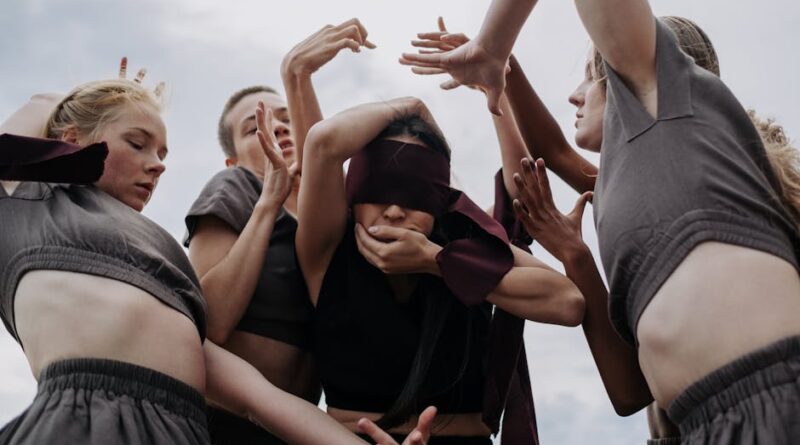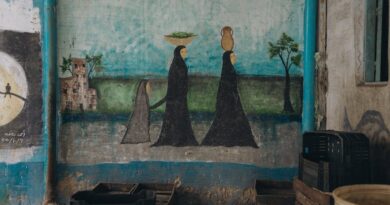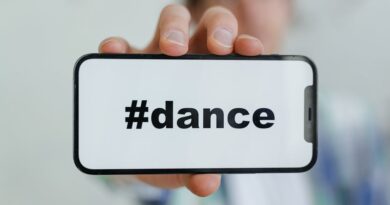The Power of Collaboration in Art
Have you ever wondered how artists create together? Imagine a mural painted by a group of friends or a music band jamming in a garage. Collaboration in art brings people together, sparks creativity, and creates amazing works. In this article, well explore how working together enriches the creative process and how you can get involved.
What is Collaboration in Art?
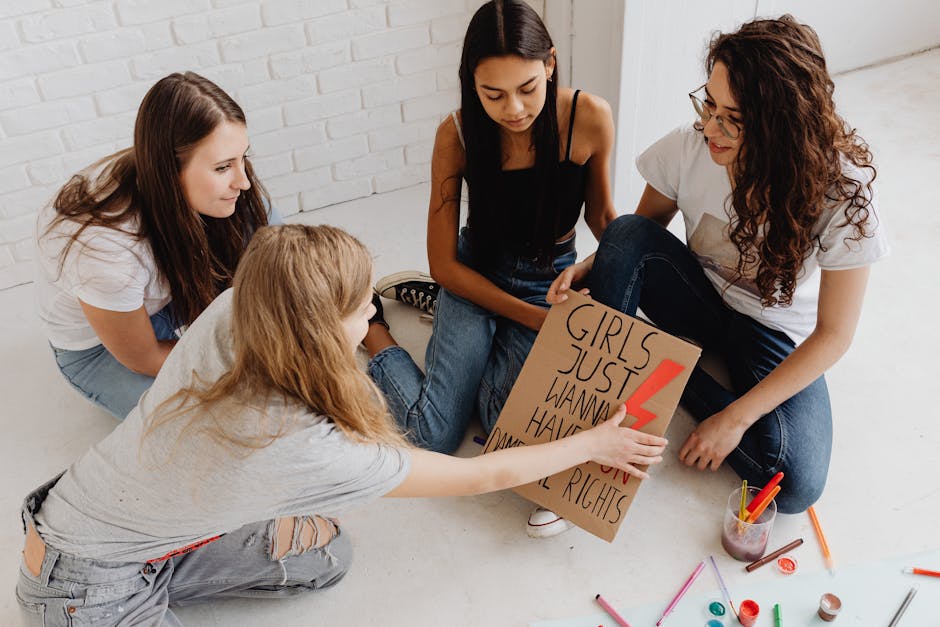
Collaboration in art means two or more artists work together to create something new. It can happen in any artistic field, from painting and music to dance and theater. When artists join forces, they share ideas, skills, and perspectives.
This teamwork can lead to unique outcomes. Just think about how different styles blend to form new art forms. For example, a street artist might combine graffiti with classical painting techniques. The result? Something fresh and exciting!
Why Does Collaboration Matter?

Collaboration enriches the art-making process in many ways:
- Diverse Perspectives: When artists from different backgrounds work together, they bring unique viewpoints. This mix can inspire new ideas.
- Skill Sharing: Each artist has skills. One might be great at drawing, while another excels at color theory. Sharing these skills can improve the quality of the work.
- Increased Motivation: Working with others can boost morale. Artists often feel more inspired when surrounded by fellow creatives.
- Community Building: Collaboration fosters a sense of community. It connects people, which can lead to long-lasting friendships and networks.
How Does Collaboration Work in Different Art Forms?

Collaboration looks different depending on the art form. Heres how it plays out in a few popular areas:
Visual Arts
In visual arts, artists might work on a mural together. Each artist contributes their style, resulting in a vibrant, multifaceted piece. Public art projects often involve groups. These projects can transform a dull wall into a community landmark.
Music
In music, collaboration happens in bands and songwriting sessions. A drummer, guitarist, and vocalist might bring their talents together to create a new song. The blend of different instruments and voices creates beautiful harmonies.
Theater
Theater is a prime example of collaboration. Directors, actors, and playwrights all work together to bring a script to life. Each person’s input shapes the overall production, from set design to acting styles.
Dance
In dance, choreographers often collaborate with dancers to create new routines. Dancers contribute their own interpretations, making the piece more dynamic. This teamwork allows for creativity to flow freely.
What are the Benefits of Collaborative Art Projects?
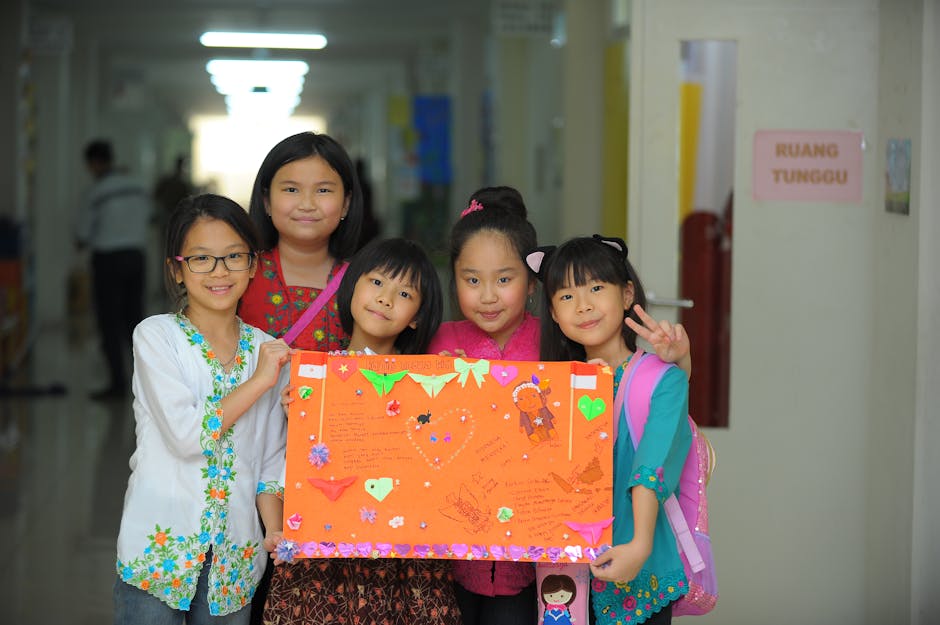
Participating in collaborative art projects has numerous benefits:
- Enhanced Creativity: Working with others can spark fresh ideas.
- Learning Opportunities: You can learn new techniques from your collaborators.
- Networking: Collaboration can help you meet new people in the art world.
- Increased Visibility: Group projects can attract more attention than solo work.
How Can You Get Involved in Collaborative Art?
Want to dive into collaborative art? Here are some simple ways to get started:
- Join Local Art Groups: Look for community art classes or workshops. These often encourage group projects.
- Attend Open Mic Nights: If you’re a musician or performer, these events are great for meeting other creatives.
- Utilize Social Media: Platforms like Instagram and Facebook can connect you with local artists looking to collaborate.
- Participate in Online Projects: Websites like DeviantArt and Behance offer spaces for artists to collaborate on digital projects.
What Challenges Can Arise in Collaborative Art?
While collaboration has many benefits, it can also present challenges:
- Creative Differences: Artists may not always see eye to eye. it’s important to find common ground.
- Communication Issues: Misunderstandings can occur. Clear communication helps avoid conflicts.
- Time Management: Coordinating schedules can be tricky when multiple artists are involved.
Overcoming these challenges is key to successful collaboration. Art requires compromise and adaptability, which can ultimately strengthen the final product.
Are There Successful Examples of Collaborative Art?
Absolutely! Some of the most iconic art pieces stem from collaboration:
- Street Art: The collective known as The London Police blends graffiti with urban art, showcasing teamwork.
- Musical Collaborations: The song Under Pressure by Queen and David Bowie is a classic example of how collaboration can produce timeless music.
- Film Productions: Movies like The Avengers bring together various talents, from actors to directors, to create a blockbuster hit.
What Do Experts Say About Collaboration in Art?
Experts agree that collaboration can be transformative. Renowned artist Ai Weiwei stated, Collaboration is essential to creating new and innovative art. This highlights how working together can push boundaries and lead to groundbreaking ideas.
Conclusion: Embrace the Power of Collaboration!
Collaboration in art opens doors to creativity and community. Whether you’re an artist or just someone who appreciates art, consider joining a group project. Youll learn, grow, and may even make lasting friendships along the way.
Next time you think about art, remember the power of collaboration. Reach out to someone, share ideas, and create something wonderful together!
For more insights on creativity and collaboration, visit Creativity at Work.
Ready to start collaborating? Gather some friends, pick a project, and let the magic unfold!
